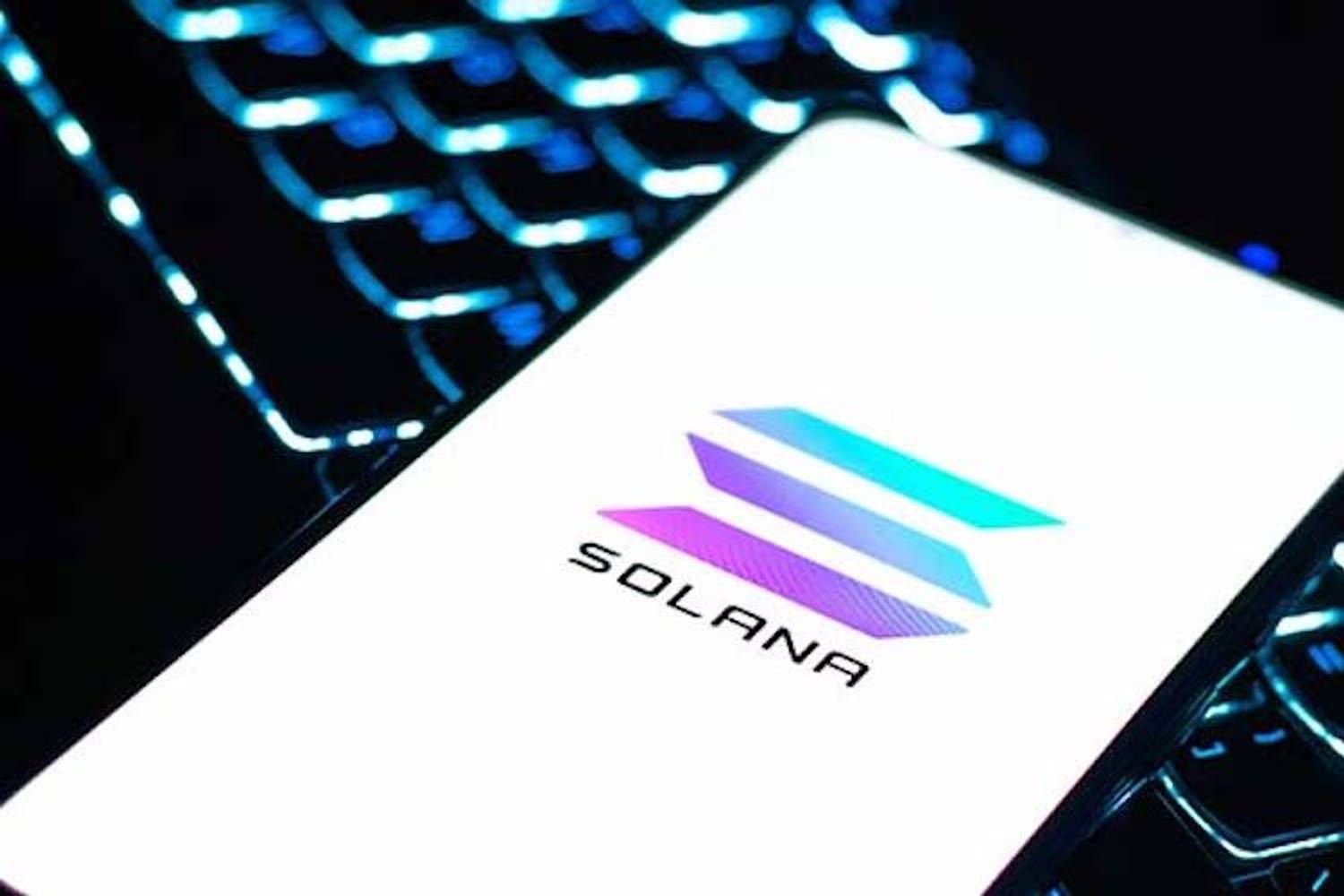Solana’s Low Fees: Paving the Way for Unshackled DeFi Development
Solana, with high throughput & low fees, redefines DeFi development. While Ethereum faced limitations, Solana offers hope. Ellipsis Labs' Phoenix, with 10 trades/sec at low costs, hints at DeFi's promising future. As old constraints fade, a new horizon of financial innovation emerges.
In the ever-evolving world of decentralized finance (DeFi), the vision has remained consistent. As Eugene Chen from Ellipsis Labs articulates, a fully on-chain, transparent composable trading experience was the 2020 vision for DeFi. This dream has not been abandoned. But as with any transformative technology, the journey to achieve this vision has seen its fair share of challenges and skepticism.
However, the winds of change seem to be blowing. Chen’s move to Solana, described as a “breath of fresh air,” is emblematic of the growing optimism. Solana’s ecosystem, known for its high throughput and low fees, offers developers an opportunity to create without the heavy shackles that once held them back.
Constraints in Development: The Old vs. The New
Every technology comes with its constraints. For protocol developers, particularly in the Ethereum ecosystem, those constraints were evident in the limited transactions per second (TPS) that the platform could handle. A mere 10 or 20 TPS does not seem sufficient, especially for a system that is poised to revolutionize finance.
Switching to Solana, these constraints took a different shape, but the newfound freedom was palpable. Chen shared, “All of a sudden, all these super heavy constraints that are on you as a protocol developer are just gone.”
Realizing the Vision with Solana
DeFi on Ethereum, especially with automated market makers (AMMs), was an innovative solution to speed and cost constraints. But this method has its limitations. AMMs are not as competitive as off-chain limit-order books, leading to price discovery predominantly occurring on centralized exchanges.
Ellipsis Labs' Phoenix is a shining example of the potential DeFi can achieve on a platform like Solana. A fully on-chain, non-custodial decentralized limit-order book, Phoenix sees new limit-orders, cancellations, and trades at a frequency of 5 to 10 times per second. For Chen, this is merely the beginning. The expectation is for these numbers to increase as the markets mature and more users join in.
The Cost Factor: A Game-Changer
While Phoenix’s performance is impressive, it's the cost factor that’s truly groundbreaking. On Solana, market makers on Phoenix can update orders every second or even faster. The cost? Around $20 per day. To put that into perspective, that’s roughly the equivalent of a single ‘add liquidity’ or ‘remove liquidity’ transaction on Uniswap V3. This drastic reduction in costs can be a game-changer for many projects and traders in the DeFi space.
The Road Ahead: On-Chain DeFi's Potential
Chen acknowledges the challenges ahead for on-chain DeFi, particularly concerns surrounding miner extractable value (MEV) and discrete block times. However, he remains hopeful. The “vanilla limit-order book” on Phoenix might not be the pinnacle of DeFi liquidity, but it’s a step in the right direction.
The AMM design space, particularly on the Ethereum mainnet, may be restrictive, but innovations are on the horizon, especially as DeFi activities transition to layer-2 solutions.
In conclusion, while the path to a fully on-chain DeFi ecosystem has its challenges, platforms like Solana offer a glimpse of a future where developers can operate without the constraints that once limited their imagination and capability. With lower fees and greater freedom, the DeFi world stands on the cusp of unprecedented innovation.


